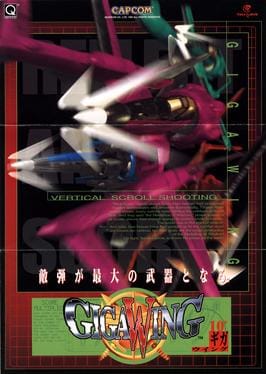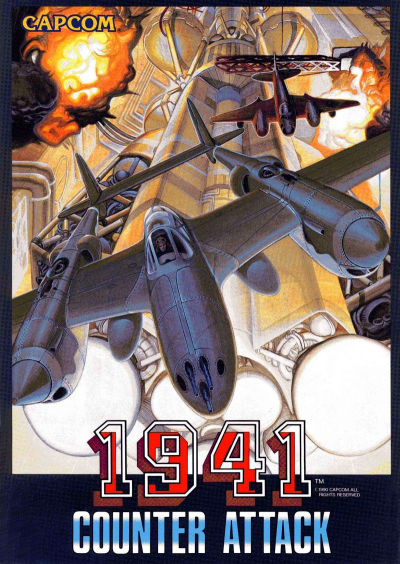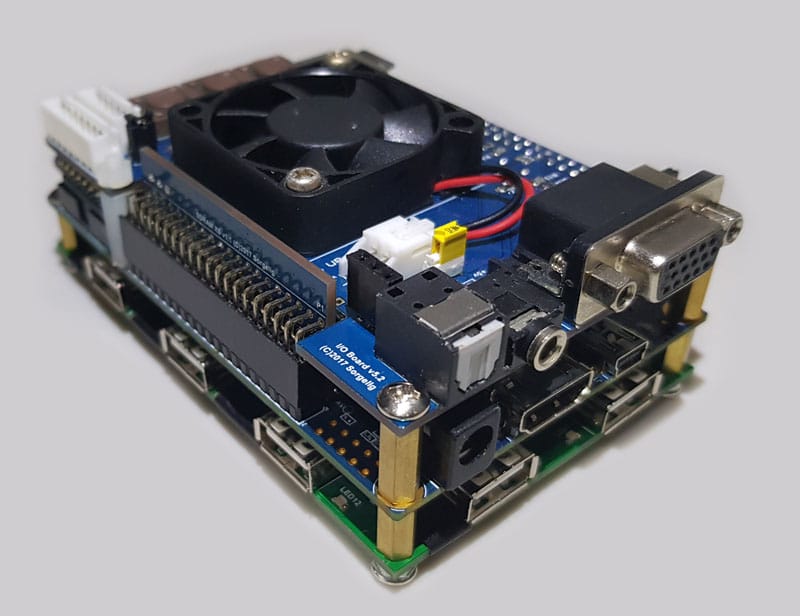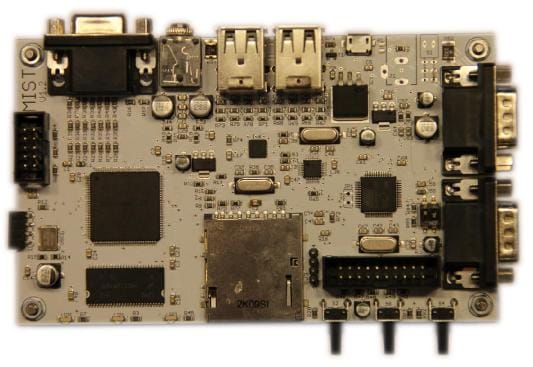MiSTer FPGA History Series: Part 3: Coming Into Its Own
In January 2018, the MiSTer still didn't offer that much that the MiST couldn't, other than the connectivity options. That would start to change quickly.

Throughout 2018, lots of progress was made towards the MiSTer FPGA experience that users now take for granted. The setup scripts saw steady improvement, and the SD card layout was mildly changed to make things easier on everyone. The first quarter didn't see any new cores, just steady improvement to existing functionality.
In April we saw some new core releases, including a Donkey Kong Arcade core, and the Vectrex core, with the Mattel Aquarius finishing out the month. Then we got some Commodore love with the Commodore 16, Plus/4, and Vic-20, as well as the BBC Micro. Although some good console cores were here already at this point, it still felt like the main focus of the MiSTer scene was computer reimplementation. This focus would shift as time went on, as these days, the main users are mostly in it for consoles, from what I can see.
Summer saw the Multicomp and the Amstrad CPC getting cores, as well as the TS-Conf, continuing the focus on reimplementing micros. September saw the Jupiter Ace, and all the while, the existing cores continued to constantly improve. The Genesis core especially received an impressive amount of updates in this timeframe, getting better and better, approaching the perfection it was aiming for.
November saw another micro, the Altair 8800, and the SNES core. The SNES core was a huge deal, as you'd expect, and brought a lot of people into the community. Speaking of the community, it can't be overstated how many people found the MiSTer at this time due to Smokemonster's video on Youtube (here) talking about it. This video, released in October, was many people's first view of the MiSTer and what it could do.
Closing out the year, we got more arcade cores, mostly Williams games (Robotron, Joust, Bubbles and the like), and the Bally Astrocade. This was a big deal for me personally, as Williams was one of my very favorite arcade makers, especially Robotron 2084 and Joust, but really all of their output. At the end of 2018, the MiSTer was in a pretty good place, but was still pretty much a niche thing that mostly existed to reimplement classic micros, and also had some good console cores as well. The next year would see an amazing amount of new content for the MiSTer as well.
2019 would see the real introduction of a very new developer onto the scene: jotego, who has produced a very, very large number of arcade cores over the years. He started out developing on MiST first, with sorgelig (the main person behind the MiSTer project) porting his Ghosts 'n Goblins core from MiST to MiSTer. This came to the MiSTer in January, along with lots of continued fixes for many a core.
As February rolled in, we got jotego's second core for MiSTer, 1942. No other core releases, but lots of fixes, and things got even better in March when we got 1943. jotego would continue rolling through Capcom's pre-CPS1 releases, while alanswx was hard at work on some Atari/Kee Games releases: Canyon Bomber, Sprint 1, Sprint 2, Dominoes, and Super Breakout. A bit later in March alanswx also released Berzerk and Centipede. jotego finished out the month working on the YM2610, a sound chip important for the NeoGeo, a core that was undergoing work from several fronts at this point.
April was a slow month for releases, mostly getting alanswx's Frenzy. jotego continued to work on 1943, getting it pretty near perfect, and the YM2610. On the hardware front, this was the month the ADC-In board was released, allowing people to load software for a Commodore 64 or Spectrum in the original manner. May was even slower on the new cores front; literally not a single new core, but a number of bugfixes and other improvements.
June was quite the month for alanswx's releases: Asteroids, Asteroids Deluxe, Jin, Botanic, Pleaids, Pickin, and Lunar Lander. jotego was working hard on Popeye, but didn't complete it until early August; howver, that didn't leave July bereft of releases from him, as he finished up Commando, another pre-CPS1 Capcom core. We also got updates to both various cores and the hardware, a new version of both the IO Board and the USB Board.
August saw many releases from alanswx again: ht1080z (TRS-80 Model 1), Apple 1, Uniwar S, Victory, Birdiy, and Eggor. jotego finished Popeye as I stated earlier, but the most notable thing we were all watching was still in beta (though I subscribed to the Patreon to play it) at this point: the Neo Geo core by furrtek. jotego also worked on an open source C64 SID chip (that's the sound chip if you're unfamiliar). jotego was also very active on Twitter in this period, with lots of great insights into the pre-CPS1 hardware from Capcom; if you're into that, it's quite a great read.
September saw the public release of that Neo Geo core, as well as the debut of MisterX with his Rally X, New Rally X, and Dig Dug cores. jotego released Gun.Smoke, and Vulgus. It was around this time that misteraddons.com started selling their wares, making things much easier to find at least for us in the United States. Near the end of the month, we got Gehstock's first core, Squash.
October saw another dev debut with Macro's Devil Fish. The end of the month saw Mister X release more Namco cores, The Tower of Druaga, Mappy, Motos, Dig Dug II, Ninja-Kun, and Gaplus. jotego also released Tiger Road near the end of the month. All told, a pretty great month for the MiSTer arcade scene. Another major thing that first released this month was the first SNAC adapter, allowing for direct connections of original controllers that would work electrically like they would on the original consoles, and with 0 lag (though the USB controllers can often get less than a frame of lag, and thus feel basically lagless, if well made).
In November, jotego released a core for the OKI MSM5205 ADPCM decoder, a sound chip used in many games, including the next arcade games he planned to release. These included his releases for the month, F1 Dream, Black Tiger, and Bionic Commando. Near the end of the month, Robert Peip released the GBA core, another truly major console core.
December brought a number of new presents for all the good MiSTer fans as well, starting with the MegaCD core by Sorgelig. Mister X was also busy, releasing Solomon's Key, and Atari Tetris. This was also a major time of change for the Arcade cores in general, as this is when the .mra system started to be a thing, which made finding the specific game you wanted far, far easier, as well as made updating easier. Speaking of making updating easier, 2020 would bring a true revolution on that front... but that's getting ahead of myself. jotego's major release for December was Double Dragon; also, if you want another source for how things looked at exactly this time, here's an interesting snapshot I found live: The Mister FPGA Bible is last updated on 12/04/2019 and as such serves as a time capsule of exactly what was available at this time.
I hope you had fun walking through MiSTer history with me again; next time, we'll be getting a lot closer to the MiSTer that we know and love today, with the debut of a lot more of the cores and scripts we take for granted nowadays.



